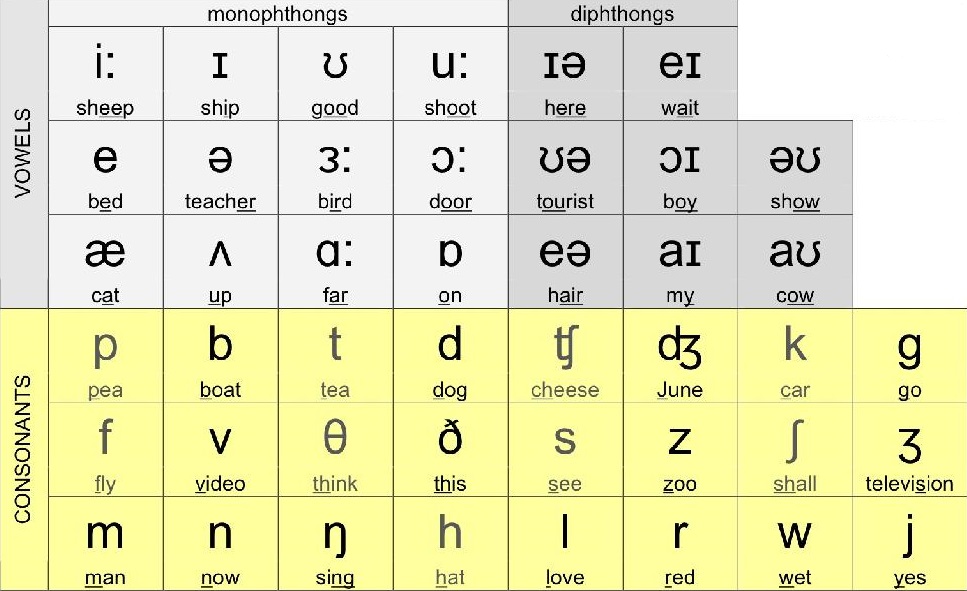IPA, Pt1.
International Phonetic Alphabet and Phonetic Transcriptions
When you start learning English as a Second or Foreign Language and realize words are not pronounced as they are spelled, you may go crazy😜! I never get tired of watching the following clip and play it for my students whenever I can, we definitely relate to Ricky Ricardo at some point of our teaching-learning process😂!
How many times have you mispronounced words which you considered knowing the way they were pronounced? I will never forget the first time that happened to me; I was in an EFL class with my cousin and there was a dialogue which had the word "priest". I read it as /praɪst/, my cousin looked at me and said, "It's /prɪest/." When we asked our teacher he said both of us were wrong and told us it was /pri:st/. Both of us got embarrassed (I was a teen then!) and I promised myself to study "the way words were pronounced in English". Said and done, I found out about IPA and that helped me a lot.
Getting familiar and used to using it will help you pronounce words a little more accurately; keep in mind all of us have a different accent and that is totally fine. The main purpose of knowing how to read PHONETIC TRANSCRIPTIONS is to avoid mispronouncing words and send the wrong message. Another anecdote: I was in Costa Rica in a trip to Sarapiquí River with other tourists, a British family among them. Everyone spoke English to communicate (English is THE Lingua Franca, like or not!) Well, I won't make the story long, I said to them we had been to a wonderful resort in our previous trip and that there was an amazing tour to some waterfalls called Peace... Their faces were disgusted😵😵😵 ahahahahahaha Oh my! Another embarrassing moment and at that time I was not a teen but an ENGLISH TEACHER! I just remember them saying "That does not sound fun!" I immediately discovered what my error had been and did the peace sign with my hand✌.. I had said PISS due to my short i sound. Notice the difference PEACE /pi:s/ and PISS /pɪs/
Enough with anecdotes, let's get to our main point today: IPA and PHONETIC TRANSCRIPTIONS. This session will be divided in 3 different posts, today we will go over Pt 1. only.
First, let's study the parts of a phonetic transcription:
Second, learn each sound within the IPA (International Phonetic Alphabet):

It is hard if you try just reading it; therefore, I suggest you to watch the following videos:
1. Start with consonants which are easier than vowels or diphthongs
2. Continue learning vowel sounds
3. Finally, go over diphthongs
Learning tip:
Check carefully her mouth positions and try to IMITATE every single movement and sound.

Get familiar with each phonetic symbol and its sound to get ready for IPA, Pt. 2👌



Comments
Post a Comment